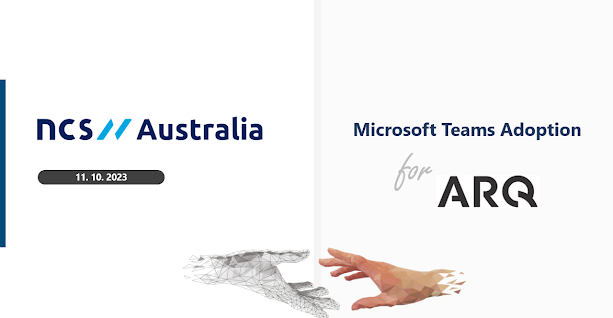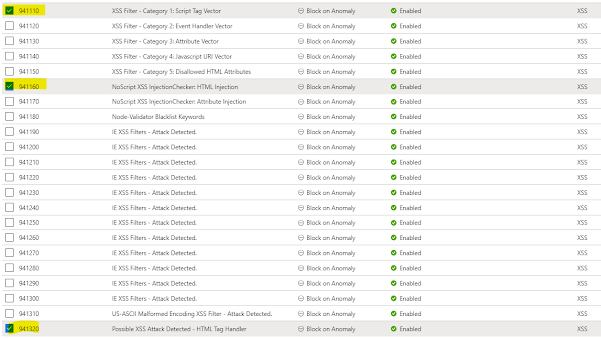In the premium tier of the Azure App Service plan, there is a new scaling method known as "Automatic". This is currently in Preview.
With this approach, you no longer need to define specific scaling rules, as is the case with rule-based scaling. Instead, you only need to specify the maximum number of instances, and Azure will automatically manage the scaling process.
Once you've configured this method, you can navigate to the App Service plan metrics, such as CPU percentage, and observe how new instances are seamlessly added and subsequently removed from the plan.
On the above graph, the activity on each instance is displayed in distinct colors.








